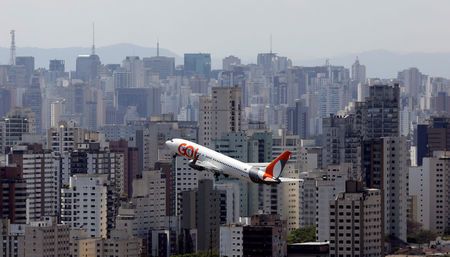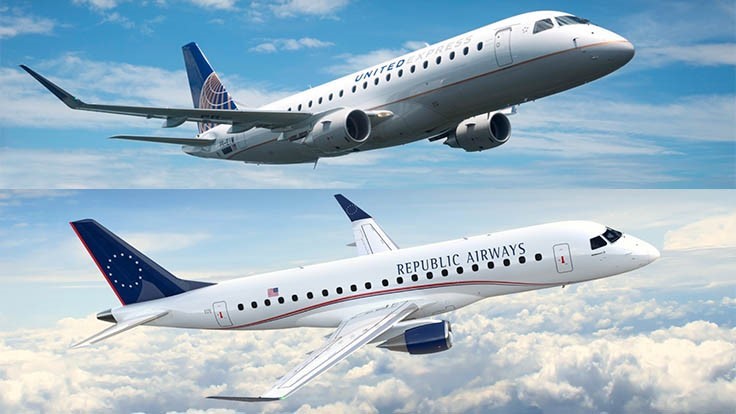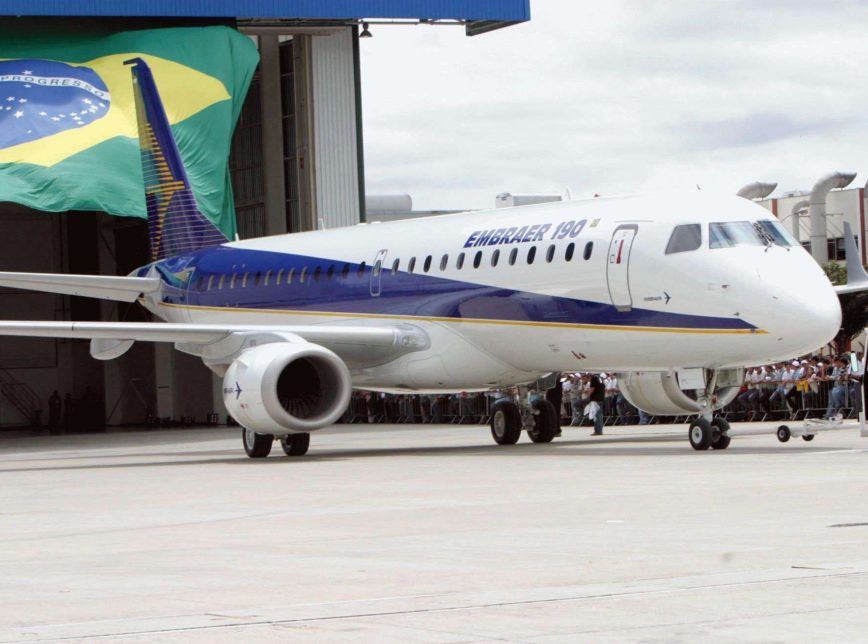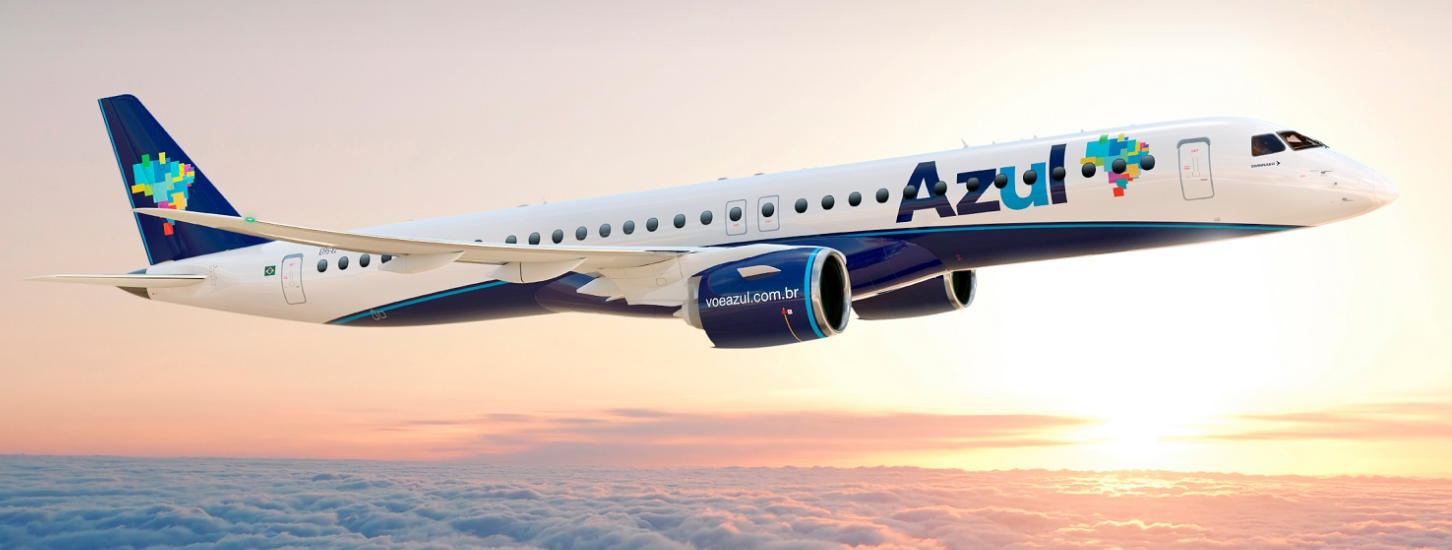SAO PAULO, May 9 (Reuters) – Brazilian airline Azul SA’s chief executive said on Thursday that its two larger competitors had barred the carrier from providing a competing air shuttle service on the highly profitable Sao Paulo to Rio de Janeiro route.
“Essentially what they did was they had a shutdown plan to keep us out,” CEO John Rodgerson told Reuters in an interview, referring to competitors Gol Linhas Aereas Inteligentes and LATAM Airlines Group.
The comments come weeks after Azul engineered a plan to break into the Sao Paulo-Rio de Janeiro route, by far the most transited in South America, but it fell apart after Gol and LATAM intervened.
The three airlines have been disputing the airport rights set to be left behind by their struggling competitor Avianca Brasil, which was scheduled to auction the routes this week as part of a bankruptcy process.
Azul, Brazil’s No. 3 airline, initially reached a deal with Avianca Brasil, but a few weeks later Gol and LATAM reached a different deal with Avianca Brasil’s key creditors, which was ultimately approved and sidelined Azul.
Both plans hinged on a successful Avianca Brasil bankruptcy auction, but the event was recently suspended indefinitely, meaning that even Gol and LATAM may not be able to get the airport rights they had agreed to buy.
“I don’t think they ever had the intention of closing on the deal,” Rodgerson said of Gol and LATAM’s agreement with Avianca Brasil.
Gol and LATAM have previously denied any anti-competitive stance.
Brazil’s antitrust regulator CADE said in April that it was concerned about a potential takeover by Brazil’s two major airlines, and that it preferred to see Azul or a new airline take over Avianca Brasil’s airport rights.
The rift also led Azul to leave Brazil’s airline industry group, known as ABEAR, late last month.
“I think the way they acted was inappropriate and not in the best interest of the industry,” Rodgerson said. “I don’t think we share the same values.”
Rodgerson gave the interview as part of Azul’s first quarter results announcement, in which higher operational costs weighed significantly, sending profits down 20% to 137.7 million reais ($35.06 million), despite significantly higher revenue compared to the same period last year.
While revenue grew 16% to 2.5 billion reais, personnel costs surged 37% amid continued expansion at the company, as well as the expiration of a payroll tax incentive.
“It’s kind of the new norm,” Rodgerson said.
Fuel costs also increased significantly, while other undisclosed costs jumped 34% to 224 million reais in the period.
Azul and its Brazilian competitors have faced higher costs in recent quarters due to the continued depreciation of the local currency, the real. While passengers buy their tickets in reais, many of the airline’s expenses, such as fuel, are denominated in the stronger U.S. dollar.
($1 = 3.9393 reais)
(Reporting by Marcelo Rochabrun; editing by Bernadette Baum and Bill Trott)












